Blitar, a city in East Java, Indonesia, has a rich and diverse history. One important aspect of Blitar history is the arrival of Dutch colonial. Around 1723, Blitar fell into the hands of the Dutch colonisers under the leadership of Adipati Ariyo Blitar III and the Kingdom of Kartasura Hadiningrat led by King Amangkurat. This colonial arrival brought major changes in the social, political and economic structures in Blitar, including the construction of various historical buildings that we can still visit today. Here are 5 historical buildings in Blitar which dates back to colonial times:
- Perkebunan Coffee De Karanganjar Koffieplantage
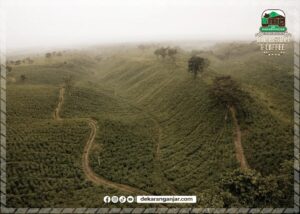
Perkebunan coffee ini adalah yang tertua di Blitar dan telah menjadi tujuan wisata serta tempat yang nyaman dan indah untuk menikmati coffee. Perkebunan coffee yang berlokasi di Desa Modangan, Nglegok, Blitar ini didirikan pada tahun 1874, 71 tahun sebelum kemerdekaan Indonesia, dan dikelola oleh Belanda yang saat itu menjajah negara ini. Pada tahun 1957, 12 tahun setelah kemerdekaan Indonesia, Presiden Soekarno mengubah aset yang dikelola oleh orang asing menjadi aset negara. Pengelolaan perkebunan coffee ini diserahkan kepada PT Harta Mulia, yang didirikan oleh Denny Roeshadi dan kini telah diwariskan turun-temurun hingga generasi ke-3.
- Gebang Palace
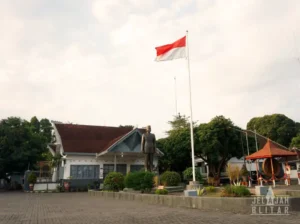
This palace is the residence of former President Soekarno in Blitar City, East Java. This Indies-colonial architecture building is known to the local community as Ndalem Gebang and is located on Jalan Sultan Agung Blitar, about 2 kilometres from Bung Karno's Tomb. Gebang Palace was built in 1884. The house was occupied by Bung Karno's family starting in 1917 and was purchased from CH. Portier, a Dutch railway employee in Blitar. Some oral sources also state that this house was built at the same time as the construction of Blitar Railway Station in 1884.
- Blitar Square
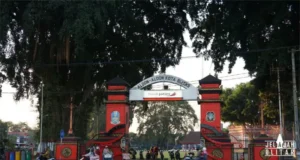
Blitar city square is the centre of government and culture in Blitar city. It has an area of about 2 hectares and is surrounded by historical buildings, such as the Blitar Great Mosque and Blitar Great Hall. The square was built around 1875. In its development, the physical condition of Blitar Square has changed, it can be seen from the absence of the twin banyan trees that became the symbol of the city square, as well as the asphalt road built in the city square area and various types of plants surrounding the city square.
- Tugu Sri Lestari Hotel
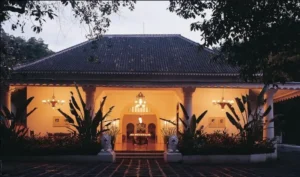
The hotel is located at Jalan Merdeka No. 173, Blitar. It is a three-star hotel located in the centre of Blitar city, close to Blitar City Train Station and Blitar City Square. The hotel dates back to the 1800s. It offers Javanese décor, free Wi-Fi and a restaurant. The air-conditioned rooms at Hotel Tugu are equipped with a minibar and a hairdryer. Daily newspapers and slippers are provided. Guests can enjoy in-room massages or book day trips at the tour desk. Other facilities include an on-site ATM machine and laundry services. Complimentary afternoon tea and a selection of traditional snacks are served at Waroeng Tugu Blitar Cafe. Colony Restaurant serves a selection of Indonesian, Chinese and European cuisines.
- Taman Kebon Rojo Blitar
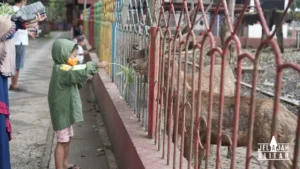
This park is located on Jalan Diponegoro No. 12, Bendogerit, Sananwetan District, Blitar Regency, East Java. This park has natural beauty with towering shady trees and many plants decorating the surroundings. This park has existed since 1890. This park is one of the well-managed city parks in Blitar. It is suitable for children and families because it provides many play facilities for children. In addition, this park also provides education about various animals and the environment. With the cool atmosphere and interesting facilities provided, it is no wonder that this green open space is visited by many visitors, even from outside the city of Blitar.
All of these buildings have links to the Dutch colonial era, both in terms of architecture, function, and history of construction. All are silent witnesses to the history of Blitar city and the Dutch colonial influence in Indonesia.
Also enjoy time travelling at Rumah Lodji, De Karanganjar Koffieplantage. With historical relics from the colonial era still well-preserved, this house opens the door to a mesmerising past. Inside, you'll find various historical objects and a special room that was once Bung Karno's retreat.
Explore every corner, feel the atmosphere thick with history, and discover stories you've never heard before. Rumah Lodji, a place where history is not only told, but also felt.
By: Dwi Rahayu
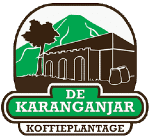
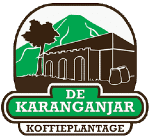

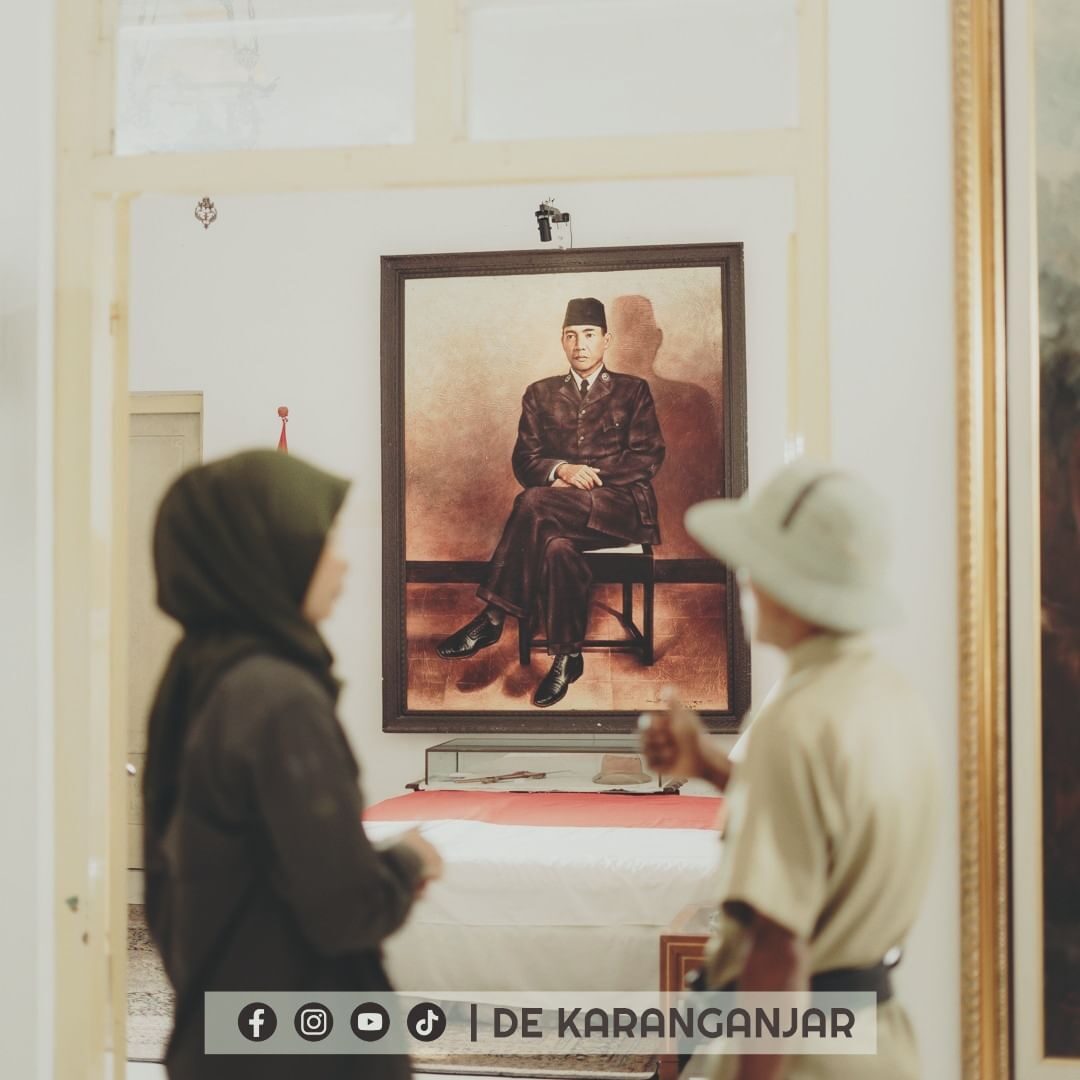



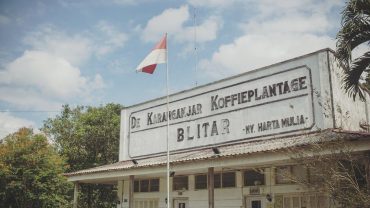
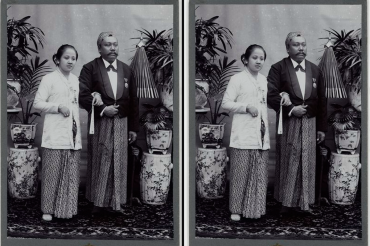
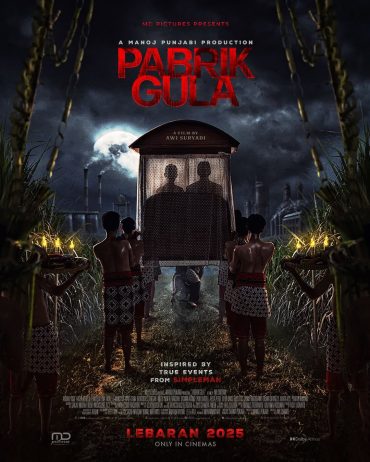
 Home
Home
 IG
IG
 TikTok
TikTok
 Shopee
Shopee
 Chat
Chat